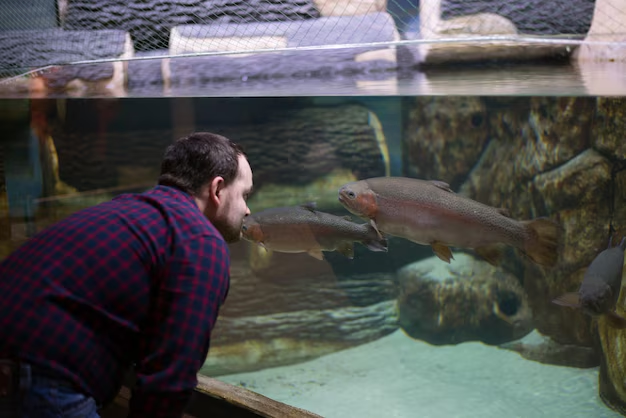How to Become an Aquatic Veterinarian: Educational Path and Requirements
Becoming an aquatic veterinarian, a niche yet essential profession, requires specialized training and dedication. The journey begins with obtaining a Doctor of Veterinary Medicine (DVM) degree, which typically takes about four years after completing a bachelor's degree. Aspiring aquatic veterinarians often select undergraduate courses emphasizing biology, chemistry, and animal science to prepare for veterinary school. During the DVM program, students should seek opportunities to gain hands-on experience with aquatic species through internships or externships at aquariums, marine animal hospitals, or research facilities.
After earning a DVM, additional certifications can enhance one's expertise in aquatic animal care. The Aquatic Veterinarian Certification designated by the World Aquatic Veterinary Medical Association (WAVMA) is highly recommended. Moreover, acquiring a state veterinary license is mandatory to practice in the U.S. Some professionals may opt for a residency in a specialized area such as marine mammal medicine or fish health, further solidifying their qualifications. Pursuing these educational paths not only builds a solid foundation but also opens doors to a fascinating career in veterinary medicine focused on aquatic life.
Path to Becoming an Aquatic Veterinarian: Education and Certifications
- 🎓 Bachelor’s Degree: Emphasize biology, chemistry, or animal science
- 🩺 Doctor of Veterinary Medicine (DVM): 4-year program
- 🌊 Internships/Externships: Hands-on experience in aquatic settings
- 📜 State Veterinary License: Required to practice
- 🐬 WAVMA Aquatic Veterinarian Certification: Enhance skills in aquatic animal medicine
- 🏥 Residency: Optional specialization in areas like marine mammal medicine
This structured pathway not only ensures competence in the field but also makes a significant contribution to the health and welfare of aquatic animals globally.
